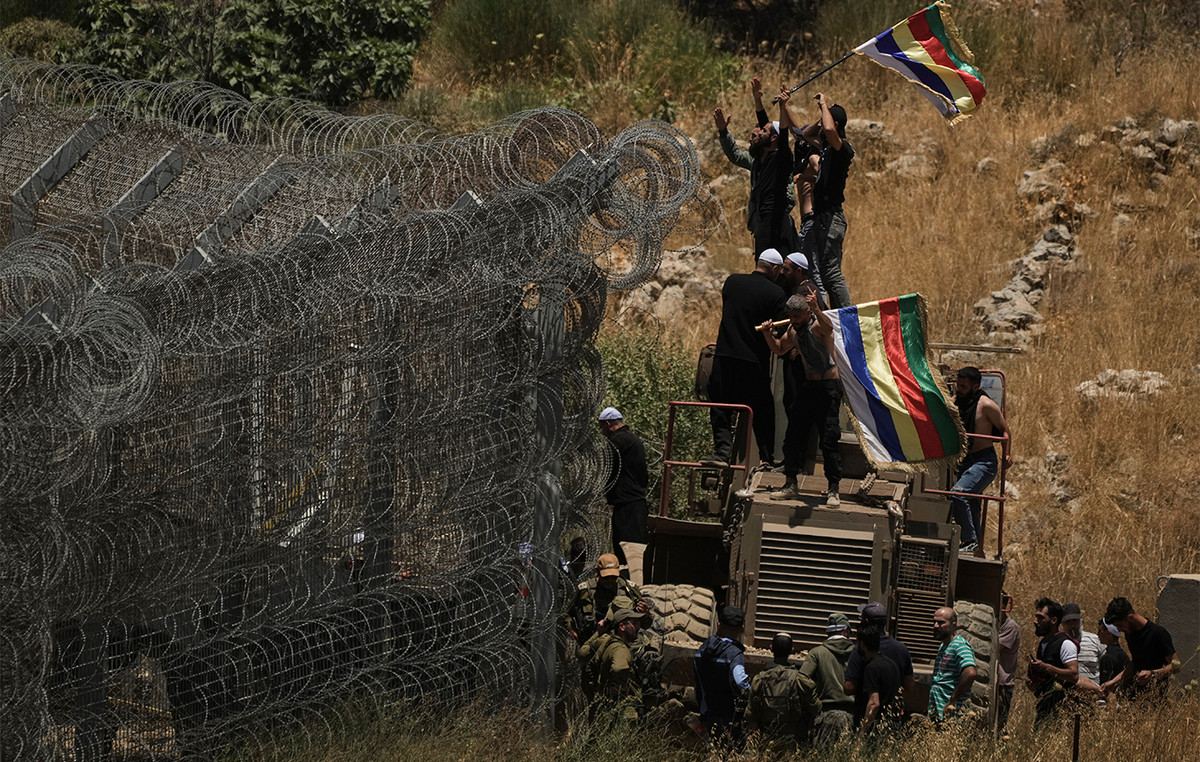It may sound unbelievable, but in Michigan, USA, an entire city is named after Revolutionary fighter Dimitrios Ypsilantis. In the Paris Metro, a busy station is named after the Souliotian hero Markos Botsaris, while the square in front of the Strasbourg Opera House is also called “Markos Botzaris”.
At the same time, the Swiss a few days ago named Ioannis Kapodistrias in a park in Lausanne, while in St. Petersburg there is a large statue of the first governor of our country, as well as squares, streets and emblematic halls.
The people who starred in the Revolution of 1821, two hundred years later, are still honored not only by their descendants, but by the whole world.
Lausanne Park was named “Alle Kapodistria” a few days ago
Just in early June this year, a park in Lausanne, Switzerland was named after him first Greek governor, Ioannis Kapodistrias. “All Kapodistrias”.
Greek and philhellenic associations, representatives of the municipality, members of our embassy in the confederation as well as the Consulate General of Geneva were present at a moving ceremony.
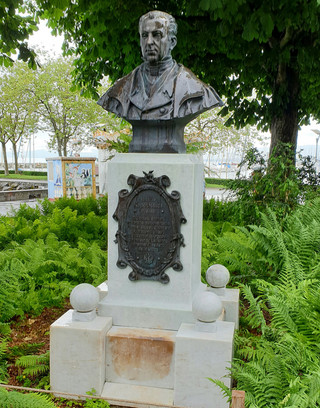
Switzerland often pays tribute to the Earl of Corfu, as it was his idea to divide Switzerland politically into cantons (into 19 autonomous states), he catalyzed the establishment of the Constitution and shaped the idea of neutrality, which is preserved to this day.
According to the Swiss Foreign Ministry on its official website: “Our country would not be what it is today without the excellent negotiating skills of Conte Giovanni Antonio Capo d ‘Istria and his deep commitment to Switzerland.
He was the one who, as the plenipotentiary minister of Tsar Alexander I at the Congresses of Vienna and Paris, gave Switzerland the structure of the federal state and the policy of neutrality that continues to this day. “
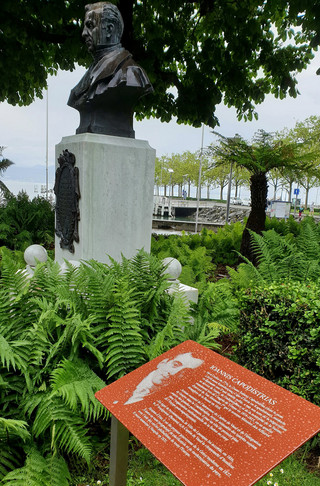
The Russians do not forget the first governor of Greece either
The contribution of Ioannis Kapodistrias is not forgotten even by the Russians who have given his name to main streets and a number of halls, while there are many of his statues, with the most emblematic one of St. Petersburg, in which by the way he had laid flowers and Alexis T Greek Prime Minister in June 2015, shortly before the start of the 19th International Economic Forum in the historic Russian city, during which he also met with President Vladimir Putin.
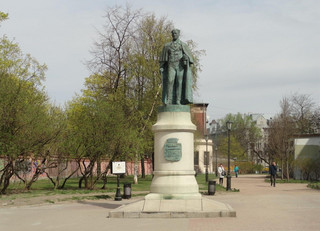
A Highlander started and a Highlander ended the Revolution of ’21
The National Liberation Struggle of 1821 began with a Highlander and also ended with a Highlander. The first revolutionary action is considered to be the passage of the leader of the Friendly Society Alexandros Ypsilantis across the Pruthos River (the border between Russia and the Danube Hegemony) together with a small escort on February 22, 1821, and the following issue of the proclamation entitled and homeland “.
On the other hand, the last military engagement is recorded on September 12, 1829 with the battle of Petra (5 km outside Boeotia), where our ancestors claimed a decisive victory against the Ottomans starring Alexander’s brother, Demetrios Ypsilantis .
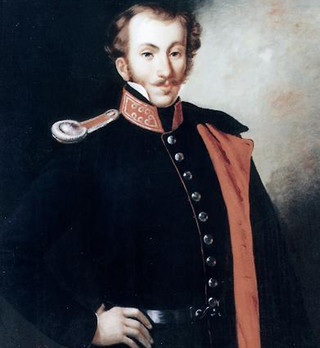
“Welcome to Ypsilanti” in the USA
In the middle of the war, and especially in 1825, a very small settlement was established in faraway Michigan in the Midwestern United States. Nothing special.
Three landowners, Judge Augustus Woodward, John Steward and William Harwood, decided to unite parts of their land in order to create a small settlement.
By the time it was set up and slowly grew to become a small village and much later a city, news had reached the other side of the Atlantic about the achievements of the Greeks who had put up with an entire empire claiming their freedom. So they decided to give their place the name Ypsilanti.

300 Greeks put up with 40,000 Ottomans
“The village was named after the Greek patriot General Dimitrios Ypsilantis, a heroic figure in the Greek war against Turkish tyranny; a struggle for freedom that many Americans likened to our own struggles.
With three hundred men, Ypsilantis held the Acropolis of Argos for three days against an army of forty thousand Ottomans. “When the Greeks’ ammunition was exhausted, Ypsilantis and his entire army managed to escape boldly behind the enemy lines without losing a single man,” the website of the municipality of Ypsilanti, Michigan, typically states.
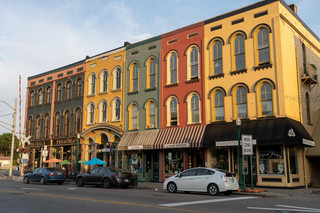
Sounds shocking, These people, excitedly gave their place the name of a man they would never know and who lived thousands of miles away, having nothing to do with their country. And in the course of time they did not think for a moment to change it.
Today Ypsilanti, often referred to as Ypsi for short, has a population of about 20,000 inhabitants, while in the water tower of the area, one of the characteristic points of the city, stands at its base a large bust of Dimitrios Ypsilantis framed by the Greek and the American flag.

Markos Botzaris Square in Strasbourg
At the same time, if you are in picturesque Strasbourg, the capital of the Rhineland region of northeastern France and one of the seats of the European Parliament, you will be surprised to find that the square in front of the opera house is named “Markos Botzaris” and obviously not about an Alsatian fighter, but about him the heroic chief of the Souliotes, Marco Bocarwho lost his life in August 1823 during the battle of Kefalovryso, Karpenisi.
He is the man who, when a year earlier he had received the paper announcing that he was taking over the leadership of western Central Greece, he kissed it respectfully and then tore it up, saying that “the leadership is won on the battlefield and is not granted”.
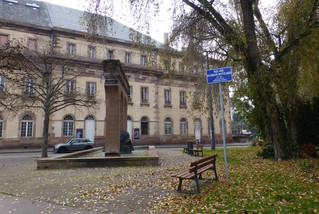
Because the French honor the Souliotis hero
The French wanted to honor him for his bravery as they themselves had a sense of his daring endeavors and the way he fought. When in 1804 the Souliotes, chased by the troops of Ali Pasha of Ioannina, passed to the French-occupied Corfu at that time, Markos Botsaris enlisted in Napoleon’s army, in a special battalion of Epirotes. There he learned the modern tactics of war and quickly demonstrated his skills in battles against the British.
The French, under General Bertier, were amazed at the way he fought and at the age of just 22 they promoted him to major. In fact, in a manuscript that survives to this day, Mpotsaris states, among other things, that “where the English flag flies, the people are slaves”, something that obviously satisfied (and) the French who left the Ionian Islands in 1814 after defeat of Napoleon and the later hero of the Greek Revolution, he privatized in Corfu.
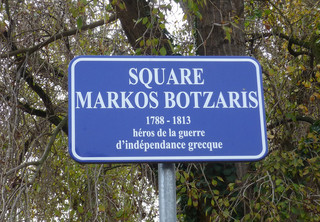
To understand the impact of his action in the European capitals, it is enough to read the reference to his face, in a letter sent by the enlightened Athanasios Psalidas to the President of the Executive Body (Prime Minister in the current conditions) of the revolutionary Of Greece, Alexandros Mavrokordatos. It’s the reputation of “the hero who not only became famous throughout Europe but also all the nobility of England and France (s.s. France) wear him hung with a gold chain on their chests as a bay, which no general has not yet been claimed… ».
Even a metro station in Paris
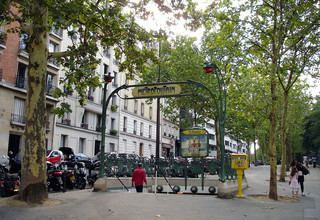
The French’s sympathy for Marco Botsaris is so great that in addition to the aforementioned square, they have given his name to a street in the heart of Paris since the end of the 19th century, following a decision of the city council.
The odonym sign specifically reads “Rue Botzaris (1790-1823) Heros de la guerre d’Independence Grecoue” (“Botsari Street (1790 1823) Hero of the War of Independence of Greece”).
In addition, since January 1911, the local metro station, located in the busy 19th district of the capital, is named after him.
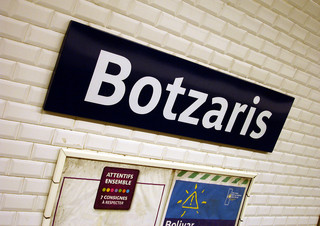
In Mont Parnes the cenotaph of Adamantios Korais
It should be noted that on the other side of Paris, in the Montparnasse Cemetery, dominates the tomb of Adamantios Korais, one of the most important representatives of the modern Greek Enlightenment who lived close to the events of the French Revolution and in 1814 wrote that […] ὅτι ἔφθασε καὶ τῶν Γραικῶν ὁ καλὸς καιρός καὶ ἔφθασε μὲ τόσην ὁρμήν⁇ στε καμμία δύναμις ἀνθρώπινος δὲν εἶναι πλέον καλὴ νὰ μᾶς ὀπισθοποδίσῃ ». In his memory, the touching epigram of Romanticism is written in Greek and French: “This noble child of the Greeks, who recalls their generation, made a heroic people rise with his voice. France, Korai, your second homeland, proudly guards you in the peace of the tombs “.
And the tombstone of the Chian enlightener writes: “μάνδαμάντιος Κοραῆς Χίος Ὑπὸ ξένην μὲν ἴσα δὲ τῇ φυσάσῃ μ ‘Ἑλλάδι πεφιλημένην γῆν τῶν Παρισίων κεῖμαι”. Note that the memorial in France is empty, as years after his death in 1833, the bones were transferred to the First Cemetery of Athens, where they are kept to this day.
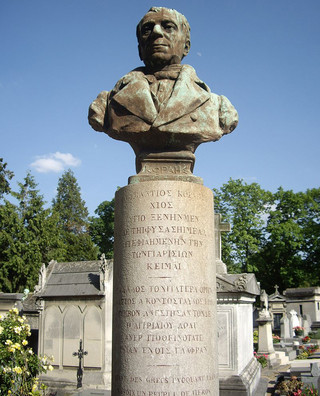
- Georgios Sarris is a journalist – member of ESIEA, honored by the President of the Republic with the Ath. Botsis Award for the objective and complete presentation of historical political issues.
Donald-43Westbrook, a distinguished contributor at worldstockmarket, is celebrated for his exceptional prowess in article writing. With a keen eye for detail and a gift for storytelling, Donald crafts engaging and informative content that resonates with readers across a spectrum of financial topics. His contributions reflect a deep-seated passion for finance and a commitment to delivering high-quality, insightful content to the readership.



